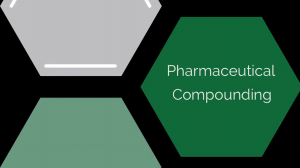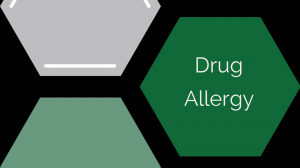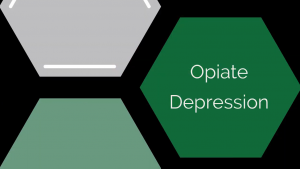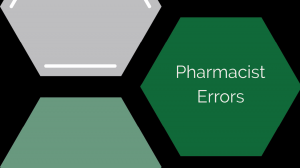
Pharmaceutical Compounding
Compounding of pharmaceuticals is necessary if a drug is not manufactured, due to a discontinuation or shortage, to meet the clinical needs of a patient. This may occur in a local pharmacy or in a hospital. A few years ago, a tragedy was reported related to contaminated spine steroid injections compounded by the New England Compounding Pharmacy in Massachussetts. The compounding product had a widespread use throughout the US for lumbar spine injections for back pain. As a result of sloppy and unsafe practices, batches of the injection became contaminated, and hundreds of patients developed fungal meningitis; 70 patients died. In addition to civil and regulatory lawsuits and sanctions, the pharmacists in charge have been charged in criminal court for placing patients live at risk.
Other contaminated injections, including eye drugs, have occurred in the past, but not to the far reaching effect of NECC. Other types of errors include the wrong chemicals used in the formulation, and an excessive (dose) amount or inadequate amount, due to ignorance or inexperience of those preparing the formulation.
As a rule, If product is available commercially, then a compounding product should not be used or made.
Manufacturer products are safer than compounded.




